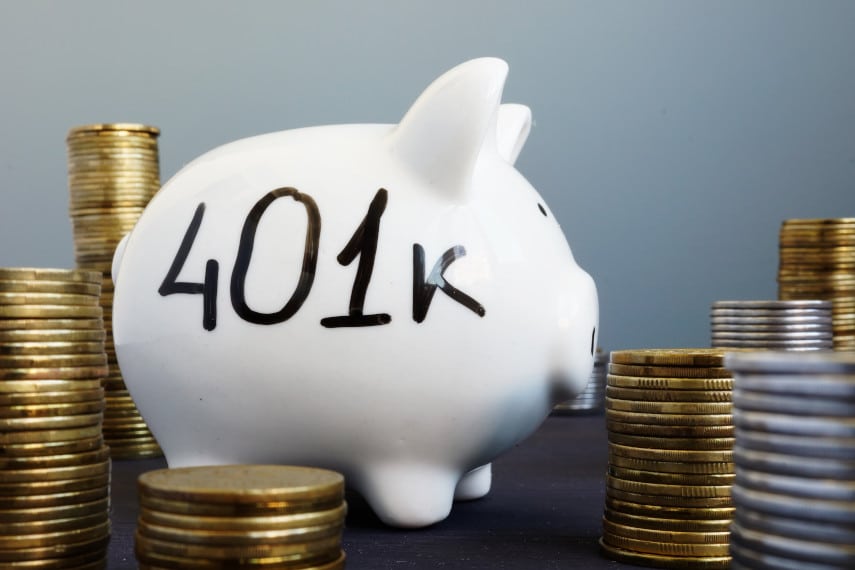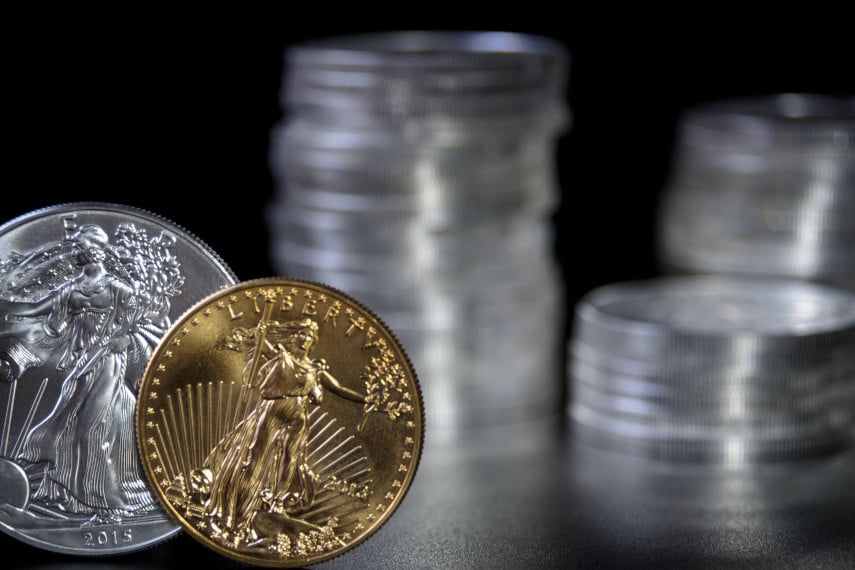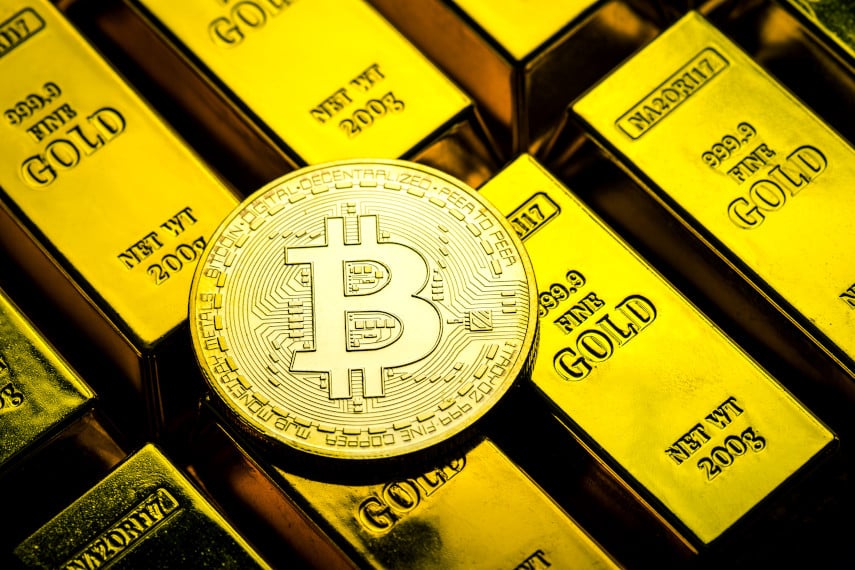
All investors want to see their assets increase in value and no one wants to see them decrease in value. But risk is the name of the game when it comes to investing, so losses are all but inevitable. Over the long term, however, we all hope that our losses are outweighed by our gains, and for most of us that ends up being the case.
Among the keys you might hear to amassing wealth in investing include buying low and selling high, and minimizing losses and maximizing gains. Doing both of those things can be aided significantly by knowing about the assets you’re investing in, knowing what prices have looked like historically, and being able to figure out what prices might look like in the future.
Recently attention has been focused on silver, one of the precious metals which historically has been used by investors to help safeguard and protect their investments. Silver doesn’t normally get much limelight, overshadowed by gold. But silver can play a very important role to investors looking to safeguard and protect their wealth.
Through investment vehicles such as a silver IRA, investors can even protect their existing retirement savings, diversifying their portfolios, spreading their risk, and positioning themselves to take advantage of gains when silver goes up. If you’re thinking about investing in silver, you’ll want to learn everything you can about the silver market, why silver goes up, and what might make it go down.
What Causes the Silver Price to Go Up?
1. Increased Demand
Unlike gold, whose price movements are largely driven by investor demand, roughly half of silver demand is due to industrial demand, whether for medical products, electronics, or solar panels. Investor demand is significant, but not a majority of demand… at least until the economy begins to dip.
When investors begin to fear economic uncertainty or stock market collapse, they begin to turn to precious metals such as gold and silver. Investor demand for silver can increase significantly in a very short amount of time, putting severe pressure on silver supplies and leading to a rise in silver prices.
2. Supply Shortages
These rises in demand are exacerbated by shortages of available silver. While silver is currently in surplus, meaning that more silver is produced than demanded, that isn’t always the case. And even when there is more silver produced than demanded, that silver isn’t always available in a form that’s convenient for investors.
If you’re investing in silver through a silver IRA, for instance, you’re going to be purchasing silver coins or bars. Roughly cast ingots or silver wire sitting in a warehouse isn’t going to do anything for a mint looking for silver planchets to mint into coins, and it won’t do anything to satisfy your needs as an investor. So the availability of various forms of silver can play a very important role in the rise of the silver price.
3. Economic Uncertainty
Silver is the counterpoint to gold, an alternative investment that investors trust to safeguard their wealth. Its low price relative to gold makes it a popular alternative to gold, not only for investors looking to protect their wealth, but also for those looking to diversify their investment portfolios or diversify their precious metals holdings. The more uncertainty there is about the future or about the strength and health of the economy, the more investors seek to purchase silver.
4. New Uses for Silver
It was just a couple decades ago that silver went through a protracted bear market. One of its primary industrial uses had been in the production of photographic film. As film cameras were gradually replaced by digital cameras, industrial use of silver dropped. Some even forecast that silver would never recover from that hit. But it did.
Silver is the most important metal used to produce the photovoltaic cells that make up solar panels and, as the demand for solar energy has risen, so has the demand for silver from the solar industry. As solar energy becomes more popular, more silver will be used in that industry. And as more uses are found for silver in the future, industrial demand and silver prices could very well continue to increase.
What Causes Silver Prices to Go Down?
1. Increasing Supply
As with any other good subject to the laws of supply and demand, an increase in the supply of silver will, all other things being equal, lead to a fall in the price. Silver production from mines is very often the result of secondary production, with silver commonly occurring in ores from mines whose primary production is copper, tin, or lead. Mine production can be variable from year to year. Increases in silver recycling, such as from older solar panels or electronic equipment, can also lead to increases in the supply of silver.
2. Decreasing Demand
Decreasing demand can also lead to silver going down. If investor demand falls off, that will have a negative effect on the silver price. But because industrial demand makes up half of silver demand, a widespread economic slowdown can also negatively impact the silver price. We saw this in early to mid-2020, as the worldwide COVID lockdowns shut down economic activity across the globe.
With factories shuttered, industrial silver demand plummeted, resulting in a fall in the silver price. But investor demand more than made up for that decrease in the end, resulting in a subsequent rise in the silver price.
3. Strong Economy
Strong economic growth can also lead to a fall in the silver price, as it can depress investor demand for silver. You would most expect to see this in the early stages of an economic recovery following a recession or financial crisis, as that would be when investor demand would likely fall off the most.
How Steady Is the Price of Silver?
Over the long run, the silver price has been relatively stable, all things considered. Because there are so many sources of silver demand, the silver price is somewhat more volatile than that of gold. That’s particularly true on the upside, as silver can make greater gains than gold during a bull market. From 2008 to 2011, for instance, the silver price more than quintupled, while gold “only” nearly tripled. For investors looking to continue making gains from their investments when the economy and stock markets weaken, silver could be just the asset they’re looking for.
With millennia of use as a monetary metal, silver has a long track record behind it, as well as continued demand from investors that should continue to provide support for the silver price. And with the potential for increased demand from the solar energy industry in the future, the silver price could see significant future price growth.
If you want to benefit from silver’s potential price growth, now might be a good time to start thinking about buying silver. With a silver IRA, you can invest in silver coins and bars while still enjoying the same tax advantages as a conventional IRA account. You can even transfer or roll over assets from existing retirement accounts into a silver IRA, allowing you to protect your existing retirement savings against the possibility of loss due to a stock market downturn.
The experts at Goldco have helped thousands of people just like you benefit from owning silver. Call Goldco today to learn more about how you can protect your hard-earned retirement savings with silver.






